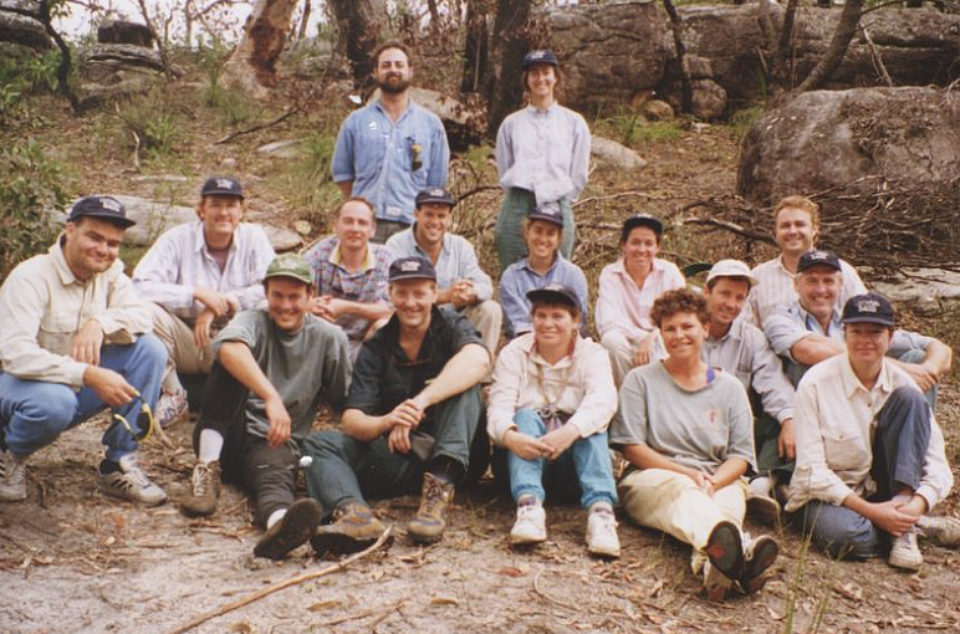
ICDA and BoardPro partnership unlocks digital governance tools for not-for-profits nationwide
Posted on 10 Dec 2025
Adele Stowe-Lindner, Executive Director, Community Directors The Institute of Community Directors…
Posted on 10 Aug 2023
By Greg Thom, journalist, Institute of Community Directors Australia

The floods which devastated the NSW Northern Rivers region in 2021–22 were among a raft of extreme weather events that caused more than $350 million in damage to council infrastructure across the state.
A recent NSW auditor-general’s report that assessed the financial impact of 29 natural disasters in NSW over a two-year period found Lismore City Council was the most badly affected local government area.
The deluge left scores of people homeless, damaged buildings, disrupted businesses and left widespread despair in its wake.
Adding to the misery for locals was the disruption to basic council services that residents rely on in their daily lives.
NSW Auditor-General Margaret Crawford said the damaged council assets ranged from roads and bridges to waste collection and other facilities used to provide essential services.
The disruption to essential services compounded the heartache for Lismore residents, who were also forced to grapple with waterlogged communications infrastructure, resulting in intermittent phone reception and NBN outages.
This made access to reliable and timely information from emergency services and loved ones sporadic at best.
So, how does a community respond when faced with such daunting challenges during a natural disaster?

In the case of Claire Sowden and a group of Lismore locals, they band together and take matters into their own hands.
Claire is disaster recovery coordinator and moderator of a remarkable Facebook group called Resilient Lismore.
As official communications channels struggled to cope during the floods, Claire and those around her saw potential in the power of community to fill the gap.
“The unprecedented nature and scale of the weather event meant that emergency services were overwhelmed and unable to respond with timely and accurate information across the disaster zone,” said Claire.
“This included weather and flood gauge levels to monitor the situation, and evacuation orders.”

With State Emergency Service and 000 emergency call centres overwhelmed, many people calling for help were left frustrated.
“In the void left by these services, and as flood levels continued to rise, community members turned to Facebook groups to call for help and to conduct welfare checks on their loved ones,” said Claire.
“These public calls for help were picked up by civilians with internet connection and passed on to an army of spontaneous community responders who took to the flood waters in a flotilla of small watercraft including tinnies, jet skis and kayaks.
“In many instances, police, SES and the formal emergency rescues crews worked in tandem with civilians both online and on the ground.”
Claire said where power and internet were available, Facebook groups played a major role by providing existing networks of locals with a ready-made platform on which to communicate.
Resilient Lismore was originally formed during the 2017 floods, helping coordinate more than 1450 volunteers who attended 1000 jobs. By the end of the 19-day emergency the online group had grown to more than 7000 members.
“The Hub”, as it became known, continued to operate during the ensuing 2019 bushfires and covid pandemic along with the most recent floods, providing a 30,000-strong platform for community connection and recovery.

Claire said Resilient Lismore is a great example of what can be achieved when communities band together.
“Many local hubs sprang into action to rescue, relocate and resupply the folks in their area when the formal emergency response was simply unable to respond,” she said.
“Working in the disaster zone for the past 15 months has meant hearing countless stories of rescue by folks who thought they were going to die right up until the moment one of their fellow community members punched a hole in their roof or swam into their home.
“In the months since the immediate danger passed, many of those rescued then turned to community groups to be fed, clothed and counselled.”

With the immediate flood emergency over, Resilient Lismore is now part of the longer-term repair and recovery effort, co-ordinating donations aimed at allowing people to return to their homes from emergency accommodation.
Claire’s efforts as part of the Lismore floods response were recognised recently when she was awarded the Best Accidental IT Person Award at the Australian Not-For-Profit Technology Awards in Melbourne.
Her endeavours also struck a chord with ACNC commissioner Sue Woodward during a Q&A session following her keynote speech at the Connecting Up conference in May.
“What an inspiring story,” said Ms Woodward. “That’s what happens when the community rises-up.”

Posted on 10 Dec 2025
Adele Stowe-Lindner, Executive Director, Community Directors The Institute of Community Directors…

Posted on 10 Dec 2025
The Australia Institute has called on the federal government to force Australian businesses to be…

Posted on 10 Dec 2025
Economic empowerment is essential to enabling recovery, restoring agency and preventing future…
Posted on 10 Dec 2025
A long-time advocate for rough sleepers in northern New South Wales has been named her state’s…

Posted on 10 Dec 2025
What a year 2025 has been, particularly at a national level where the Parliament and politics as we…

Posted on 10 Dec 2025
Anyone working in an organisation knows it: meetings follow one after another at a frantic pace. On…

Posted on 10 Dec 2025
As a qualified yoga instructor who learned the practice in her hometown of Mumbai, Ruhee Meghani…

Posted on 10 Dec 2025
Community Directors trainer Jon Staley knows from first-hand experience the cost of ignoring…

Posted on 10 Dec 2025
Stressed, overwhelmed, exhausted… if you’re on a not-for-profit board and these words sound…

Posted on 10 Dec 2025
The Institute of Community Directors Australia trains over 22,000 people each year, which gives us…

Posted on 09 Dec 2025
The late Sir Vincent Fairfax is remembered as a business leader, a chairman of AMP, and an active…

Posted on 08 Dec 2025
A pioneering welfare effort that helps solo mums into self-employment, a First Nations-led impact…